Among the most unfortunate effects of the COVID-19 pandemic is the chill it cast—and is still casting—over social activities nearly everywhere, including in multifamily communities. So little was known early on about how the virus was spread that group social activities—the backbone of many co-op and condo communities, especially those designed for residents over 55—were put on indefinite hold. No more holiday parties, book clubs, or fitness centers. No more planned outings or tennis lessons. Heck, even committee and board meetings were cancelled.
Now that the pandemic appears to be receding (we hope), and we are learning to live with endemic COVID, how do we bring our communities back together? Many still live in a state of low-level fear and anxiety; others want their former lives back. What are residential communities doing to solve this paradox and allow residents to socialize safely?
The Psychological Experience
Residents of multifamily buildings, particularly large ones, make their decision to live there as a lifestyle choice. Chances are that some portion of their social life revolves around the community, whether it be interaction in a gym or pool, membership in a book or movie club offered through the building, or the occasional summertime roof deck happy hour. They also seek the convenience of a staff to assist with the exigencies of daily life. This concept is particularly true for co-op and condominium communities. Members of these communities literally buy into a specific social setting.
The advent of the COVID-19 pandemic changed all that. Initially, everyone was told to stay home. No contact with others. If you found yourself in a situation where you had to have contact, say going to the grocery store, it was necessary to wear a mask (maybe two) and keep a safe distance between yourself and anyone you might encounter, friend or foe, neighbor or stranger.
That was hard enough when the pandemic began, but no one expected all those cautions and protocols to continue for nearly two years and counting. After a while, the effects that distance and isolation imposed on us—perhaps particularly for people in typically congenial, socially interactive communities—started to sink in. Those effects included depression, anxiety, shortened tempers, and a sense of being detached or cut off from others.
Dana Greco is a Licensed Clinical Social Worker specializing in interpersonal relationship work. She is also a shareholder in a large co-op community in the Bronx. “There was a sense of loss in the community,” she says of her own experience. “In a way, it was a sense of loss for the loss of community. We have people of all ages and walks of life in my building, and prior to the pandemic, my neighbors were an active community. We had clubs, and a pool, and other common outdoor areas. All these activities were shut down immediately. We now have rules as to how many people can ride in the elevator at once. It’s a 17-story building. Getting up and down became more difficult due to these necessary rules and restrictions.
“After the shutdown,” continues Greco, “we tried to maintain certain activities, like the book club, online with Zoom. Not everyone is comfortable or feels compelled in an online framework like Zoom. Conversation and ideas are exchanged more easily in person, so a certain amount of spontaneity was lost. It lost its enjoyment, and after a while it just broke down completely and we put it on hold.
“Perhaps even more broadly damaging to the community was that we had to cancel our two annual events, our Christmas party and our summer pool party, both of which draw a large segment of the residents and serve as the bookends for our social interaction as a community. The end result was a general feeling of withdrawal for many—which, I can tell you from a professional perspective, leads to a low level of pervasive depression—a feeling like you’re alone, perhaps abandoned.”
What Comes Next?
“Coming out of the pandemic,” says Greco, “we are seeing something of a hangover. I’m seeing this both in my practice and in my building. There are many people who are afraid to meet others in person. They want to continue to do things virtually. The truth is that even for therapy sessions, my colleagues and I are still seeing many patients through telehealth video sessions on our phones or laptops. As a mental health professional, I suspect some are relieved and welcome the isolation because they just don’t want to have to go out. They’ve got a lot of fear. In the elevator, they won’t let others in, sometimes even with a mask. People distance themselves when walking dogs. It’s creating a lot of tension.”
Others, explains Greco, are the polar opposite. “They hate the masks and are ready to return to some level of normal life. When they see other people now engaging out of the house on social media, they find it a psychological relief and it encourages them to do the same, though I stress to both my patients and neighbors that they must be smart about it and observe the necessary precautions where required.”
The next step, explains Greco, is to give positive reinforcement that we need to move forward and learn to live with the situation. “People [will] need a ‘memo’ saying it’s over,” she says. “Some don’t think it’s ever going back to normal. They think this is forever. They have to feel secure—so given a positive path, they will socialize with other like-minded people. Put out that memo for those who want to participate. Tell them to please feel free to attend and let them come out slowly—see who emerges. It’s baby steps. It’s a trust issue. Do people feel secure? We have to ask if they do. Is it safe to sit on the green, or by the pool? Only time will heal.”
A Look at What’s Happening in Real Time
Perhaps the most affected segment of the market in terms of social interaction has been over-55 communities. Seniors choose these communities, known alternatively as Active Adult communities, because they offer a high level of social programming for their members. The pandemic has hit this group hard.
George Borsuk is a longtime resident of The Greens, an over-55 community in Melville, New York. He is the president of the men’s club there and has been for many years. Overall, he says, “Our group did well during the pandemic. We used the library in our community, and were able to Zoom every week through them. The clubhouse is now open again. The gym is open to five people at a time. Tennis courts opened for singles and doubles, with a one-hour play rule. We are wounded, but working and healing. Ours is still the best community on Long Island.
“People need community,” Borsuk points out. “Otherwise, you’re alone all the time. The downside from the pandemic is that people are more isolated. Death is a reality here; it’s an aging community. But everyone helps each other out. We need the community feeling.”
Michael Valente of BRIGS, a real estate management firm based in Boston, agrees that many residents in the associations he manages are still fearful of group activities. “Some are still afraid to leave their houses. But those who are not,” he says, “are beginning to use the clubhouse and the pool. Book clubs, movie clubs, and card clubs are meeting. These events are posted on community website calendars, and notices are sent by email to the residents or through our web portal to let them know. We are encouraging masks, and some clubs are requiring them. If vaccinated, no mask is required.”
Finally, Greco suggests that boards consider consulting with therapists to get some good ideas about how to bring back social interaction and how to approach residents in a helpful way. Consider bringing counselors to a community event; give people an opportunity to talk about how the last 20 months have been for them. Perhaps a printed memo and some in-person situations where residents can ask questions, vent, etc. with mental and physical health professionals. If that doesn’t seem like a fit for your building, then perhaps a resource list of support professionals, organizations, or hotlines posted to the building website or chat group could be useful. One thing is for sure: the past 20 months have been difficult. Hopefully the next 20 can be used to get back on a positive pathway, both for individuals and their communities.
A.J. Sidransky is a staff writer/reporter for CooperatorNews, and a published novelist. He can be reached at alan@yrinc.com.




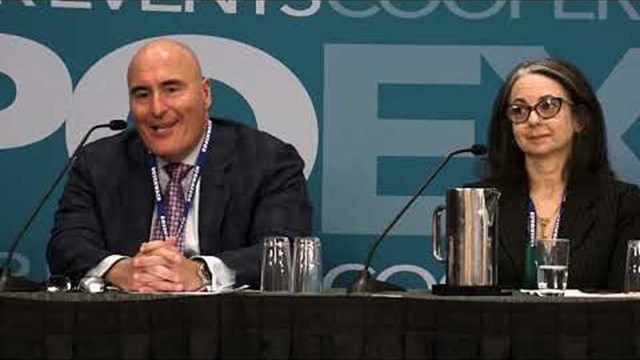
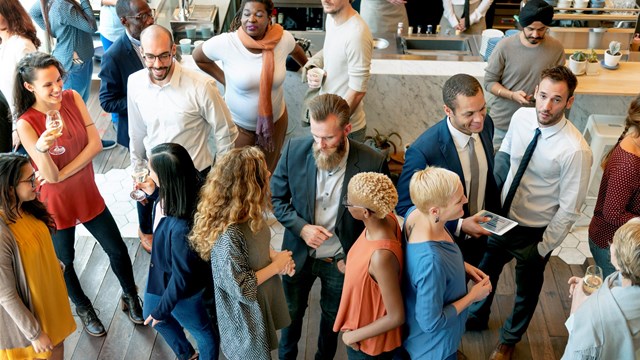
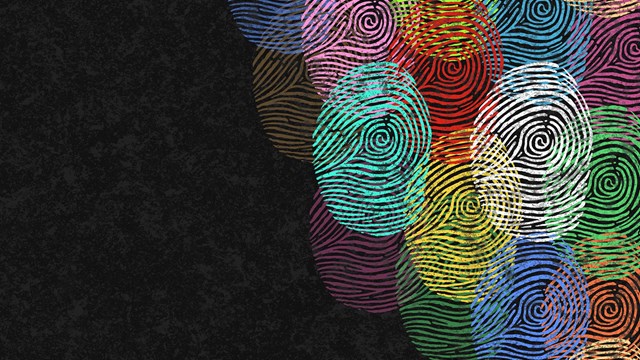
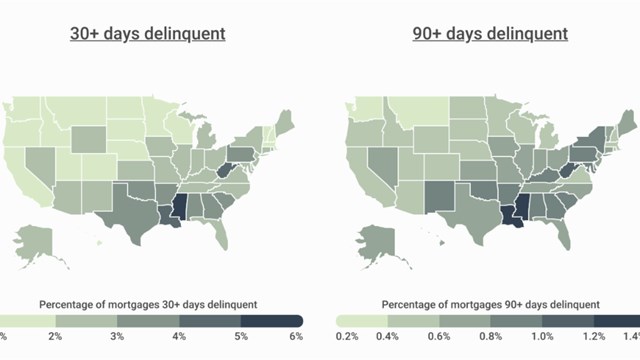
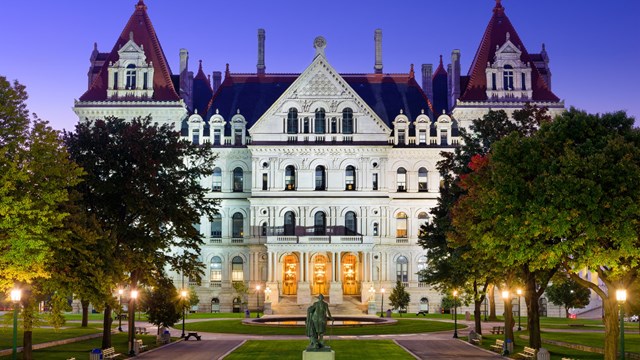

Leave a Comment